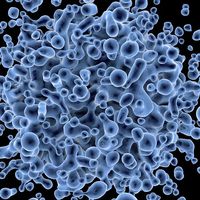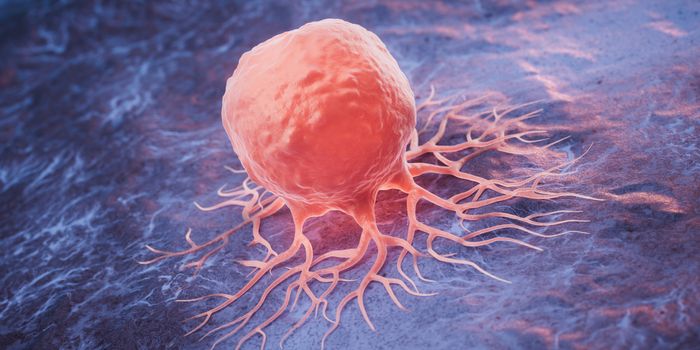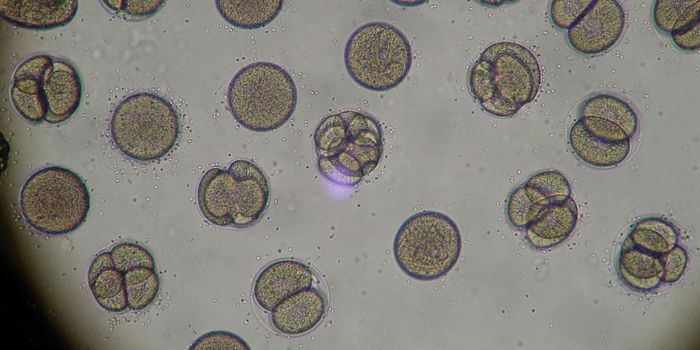B Cells Found to Help Predict Therapeutic Response
Immunotherapy is the form of treatment that redirects the immune system toward a pathogen or disease. In many cases, immunotherapy is referred to treating cancer. As tumors progress, they secrete proteins and molecules that suppresses the immune system and promotes their proliferation. Specifically, these proteins polarize immune cells that enforce tumor growth and allow them to spread to other parts of the body. This migratory function of tumors is known as metastasis and is a major contributor to cancer reoccurrence.
Immunotherapy has been developed using different approaches. Many therapies target T cells, which are specialized immune cells known to find and eliminate pathogens in the body. These T cell-targeted immunotherapies have been quite successful in combination with chemotherapy or standard-of-care. Unfortunately, the response of treatment is dependent on the type and stage of tumor. As tumors progress, they generate and employ mechanisms that make it harder for treatments to have an effect. However, different types of immunotherapies are being developed to overcome barriers traditionally found to limit therapeutic efficacy.
Another approach to immunotherapy is through B cells. These lymphocytes or type of white blood cells are part of the adaptive immune response. Specifically, they generate natural antibodies to fight infection. They work with T cells to alert and signal that a foreign pathogen is in the body. Unfortunately, there is limited research on B cells in the context of immunotherapy. However, recent work from the University at Pittsburgh is shifting toward understanding B cells, their role in immunotherapy, and how they can enhance therapeutic benefit.
A recent paper in Science Translational Medicine, by Dr. Tulia Bruno and others, have discovered a cluster of immune cells to target and improve immunotherapies. Bruno is an Assistant Professor in the Department of Immunology at the University of Pittsburgh. Her work focuses on B cells and tertiary lymphoid structures (TLS), which are clusters of immune cells near the tumor. TLS are still novel to the field of tumor immunology, and it is unclear how they develop and why. Scientists, including Bruno, have taken on the responsibility to understand these structures and how to enhance immunity.
The cell type in TLS that Bruno and her team found to as a target for immunotherapy are referred to as “double negative B cells”. The cells are described as double negative because of the absence of two classical markers typically found on the surface of B cells. Bruno and her team suggest these double negative B cells can serve as a predictive biomarker to immunotherapy. The team discovered a correlation between treatment efficacy and an increase in double negative B cells in TLS in patients with head and neck cancer. Specifically, tumors with increase double negative B cells nearby were more responsive to therapy and patients had better survival outcomes.
The discovery of a B cell biomarker is a major breakthrough in cancer medicine. It also provides insight into which tumors will respond better to immunotherapy. Physicians can now better predict the optimal treatment for their patients and improve treatment efficacy. While more work needs to understand why this marker is effective in only a subset of cancer types, it builds on the improvement of immunotherapy and extends our knowledge of B cell biology.
Paper, Science Translational Medicine, Tulia Bruno, University of Pittsburgh








